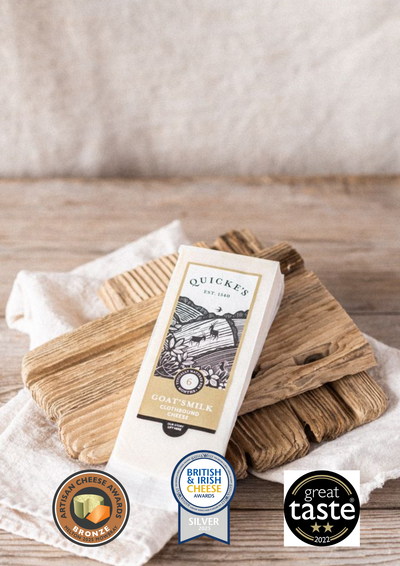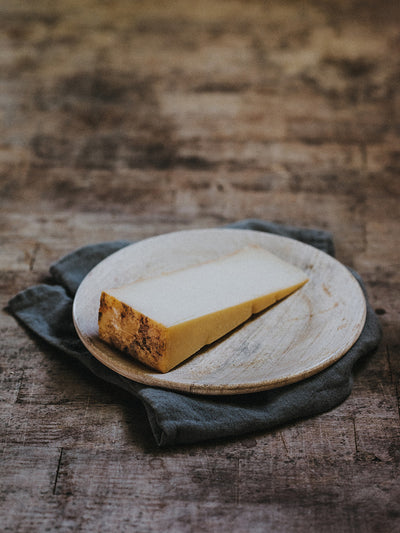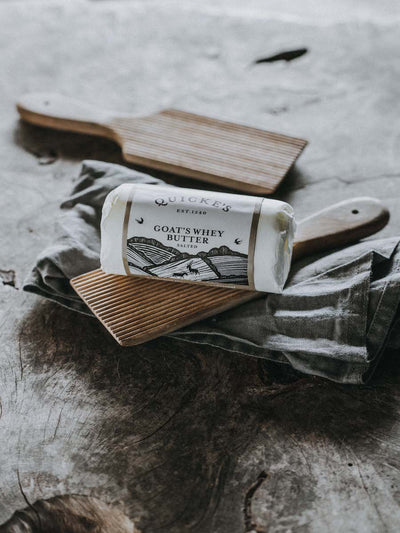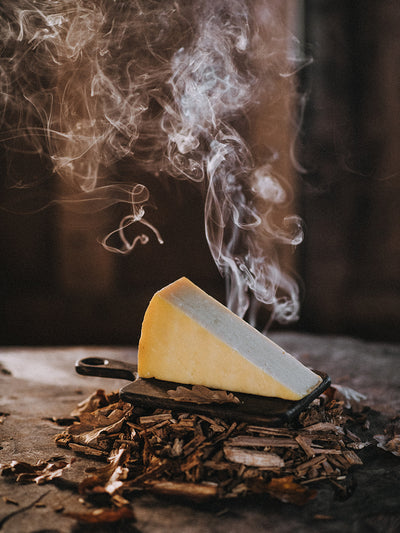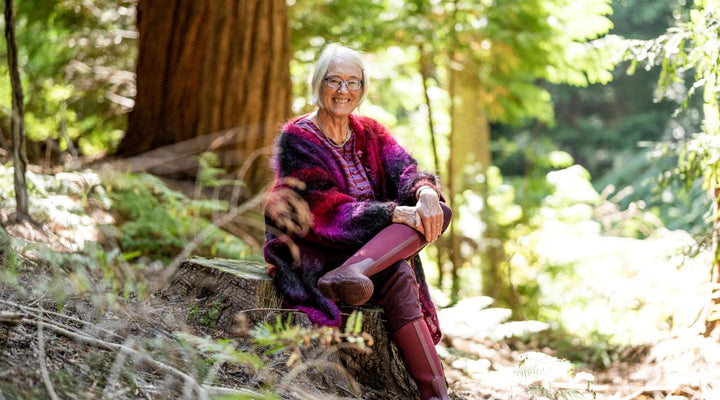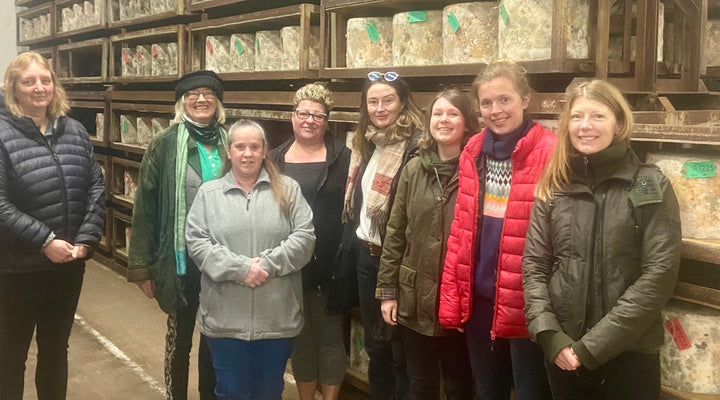The sudden cold of last month passed, driven away by the power of the early spring sun. But it shows how reliant the natural world is on an orderly progression of the seasons, and how reliant we all are on the jet stream entrapping the icy weather at the poles, not lashing out to freeze soft new growth. We found sad little bodies of birds and animals when the snow melted, and I wonder what happened to the surviving members of pairs. Do they shrug their wings and whiskers and find another partner, or get left out as everyone else gets on with procreation? The tadpoles disappeared. Do frogs, toads and newts do it all over again, or is that it for the year?
NATURE
Now that is a distant memory. We are well into spring, past the equinox, and the sun’s warmth drives a wild dance of growth. Birds are hatching clutches of eggs, busy racing around feeding young. Hedgerows, woods, fields and gardens are well into the miraculous procession of leaves and flowers. I measure spring by ‘larch needle time’, ‘wild garlic time’, ‘oakleaf time’ and ‘bluebell time’, each one beautiful in itself and satisfying in that it tells you where we are in the season.
ARABLE
The crops looked bleak and yellow in the cold, and now are recovering their momentum. That’s driven by the warming soil that starts releasing nitrogen, and also from manure and bag fertiliser. Supply the nutrient, and it’s like you’ve used a paintbrush on the fields. We’ll prepare the ground for maize. We keep thinking we can do without it, and rely just on grass silage, and it gives such a good feed for cows giving milk in the cold times of year. We put the seed in manured and cultivated ground, and the seedlings pop up in their rows, guiding the rooks to nab we hope not too many sweet young shoots and sprouted seeds.
GRASS
Grass growth finally catches up with the appetites of our cattle, always a balancing act. We go from fretting how we’ll ever find the cows enough grass to working out which fields have got too long for the cows to graze in a few days. We measure grass growth and late this month or early next month, we get the peak for the year, giving us bragging rights amongst graziers. Our pastures down on the Creedy floodplain often give us top brag.
COWS
For the Spring calving cows, this is the frisky time of year. They’ve recovered from calving, they are enjoying the sweet spring grass, they aren’t in calf. The pasture is full of little knots of cows, flirtatiously resting their chins on another’s rump, some jumping others, some riding. Hold on girls, you aren’t quite ready yet, let your bodies recover just a bit more after calving. Nature is hard, and would have them try for a calf before it’s right.
Our crossbred heifers also demand the attention of a bull. Some breeds hit puberty and get frisky when they are alarmingly young, too little for a growing calf. Our crossbreds are more sensible, mostly ready for the bull a cycle or two before time. We enforce chastity until they are big enough, which could be now as they are well-grown, strapping young ladies. We also wait so that they will calve just as the grass starts growing next spring (barring late snow).
DAIRY
Sweet grass makes for good flavours in the cheese. At this time of year, the cows will need a little extra fibre to make enough fat in the milk, so the parlour bait will be a bit more chewy.
Into the cheese dairy to see how the milk is. Long gone is the excess cream of late winter, and now we look out for those grainy residues, telling us the fat is a little low for the most luscious cheese. A tad more fibre, please, for the cows to keep it all just so.
Hard work, now in the cheese dairy, milk pouring in, driven by the huge grass growth. Not many words, just find the beautiful cheeses hidden in that vat of warm milk, stir, scald, pitch the whey off, cheddar the blocks of curd, mill, mix in our Cornish Sea Salt, mould, press and dress. For light relief, go turning the young cheese you’ve made, keeping the moisture even and growing a coat of flavoursome moulds.
RECIPE
We’re just trying our Lady Prue, named after my mother, who built the cheese dairy in the 1970’s. Like her, Lady Prue is elegant and unexpected, a mix of cow’s and goat’s milk. I’m playing with it in the kitchen. I’ve grown a lot of chervil this year, and its delicate flavours match the Lady Prue. I cut a good bunch of chervil finely, and whizz it up with a garlic clove, a handful of pine nuts, some grated Lady Prue, bound together with a good olive oil. It makes the most delicious pesto, and I use it everywhere, on pasta, on potatoes cooked with cream and Quicke's Mature Cheddar. I even tried it on some Boer goat loin steaks I found in Crediton Farmers Markets, rubbed on before grilling. Just out to get some wild garlic leaves, to try that as the basis of my next Lady Prue pesto. Yum.
M A R Y Q U I C K E

